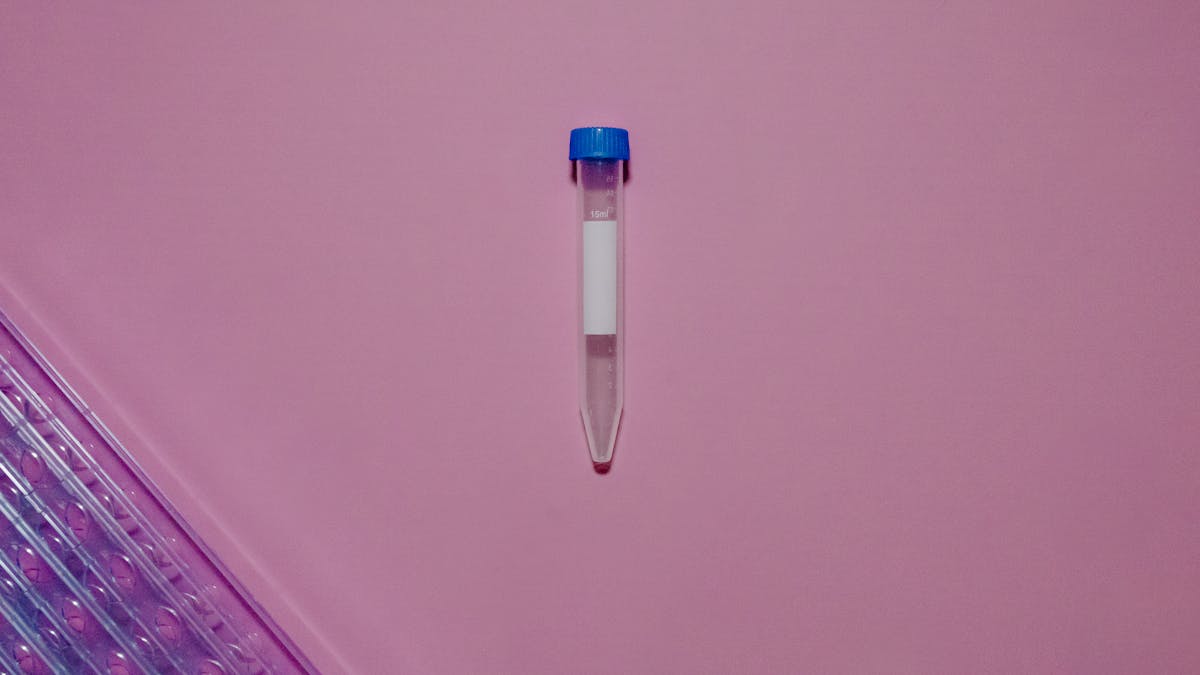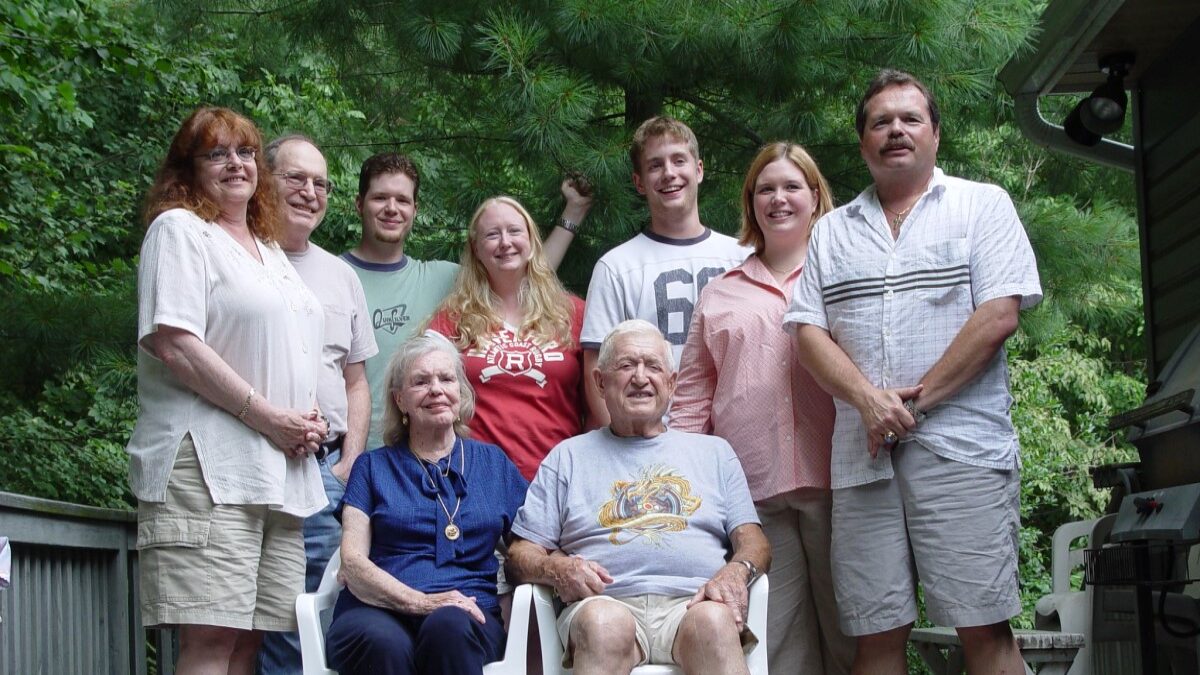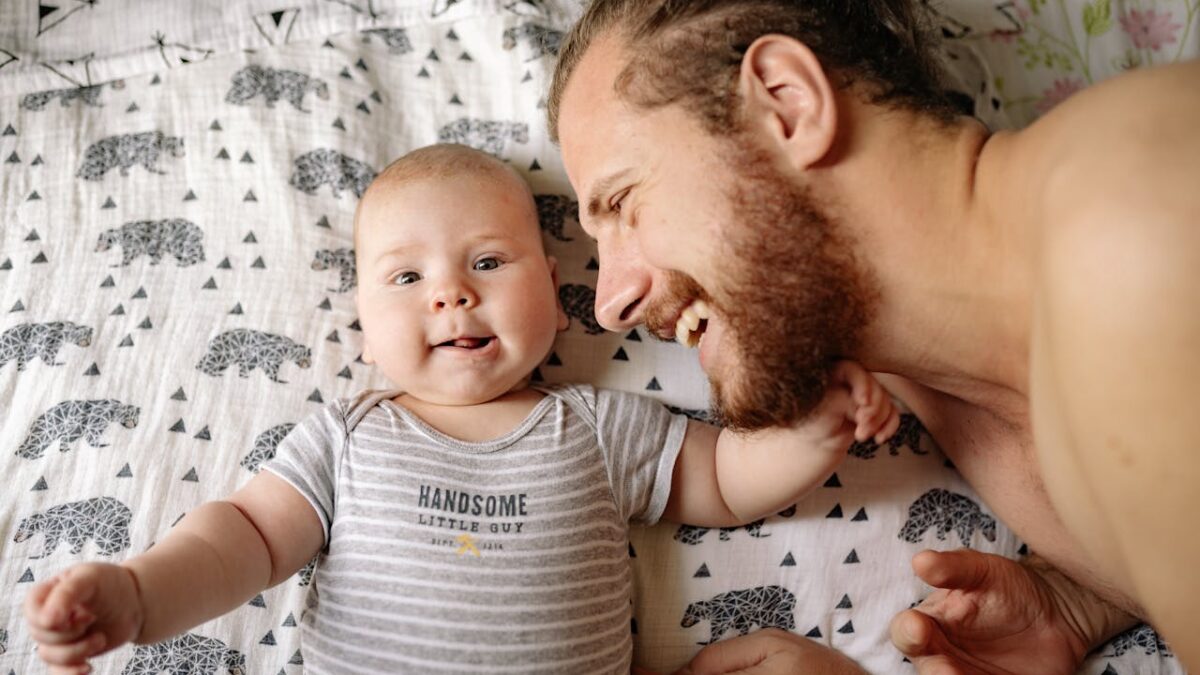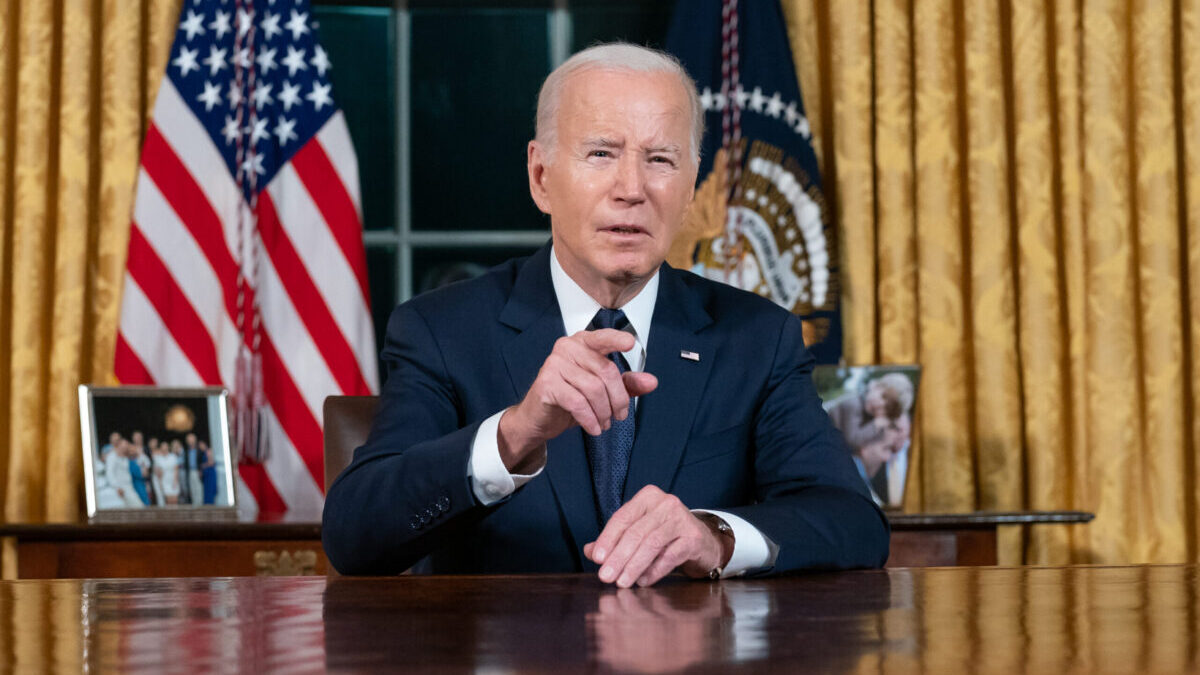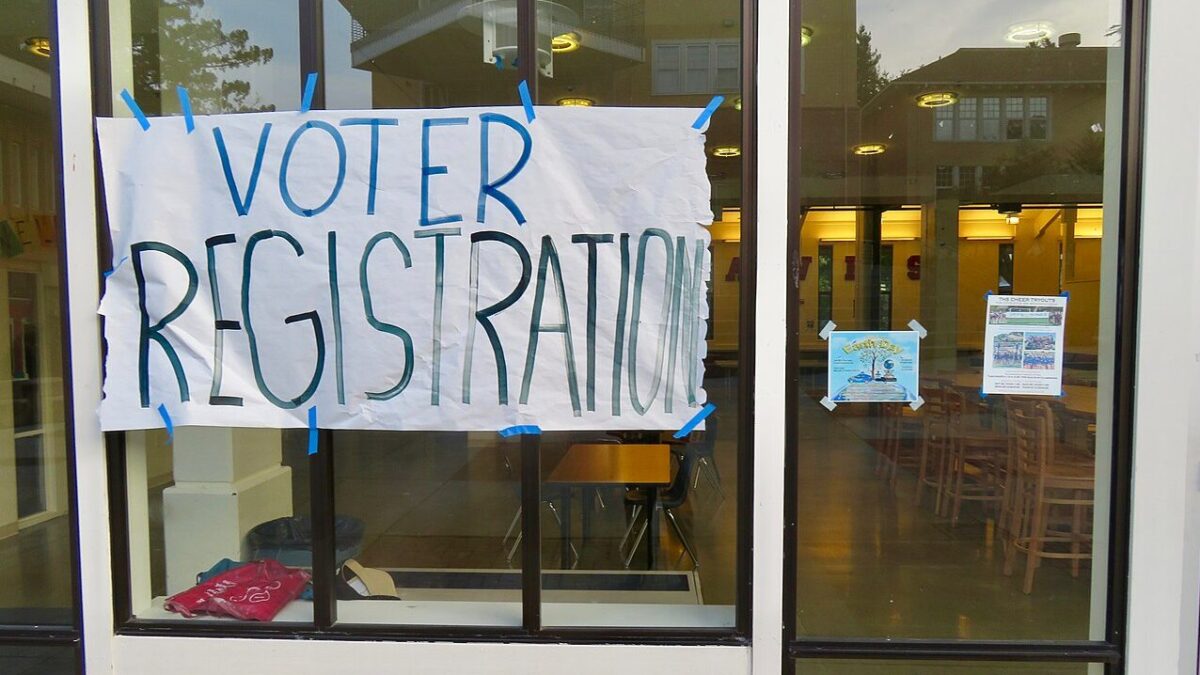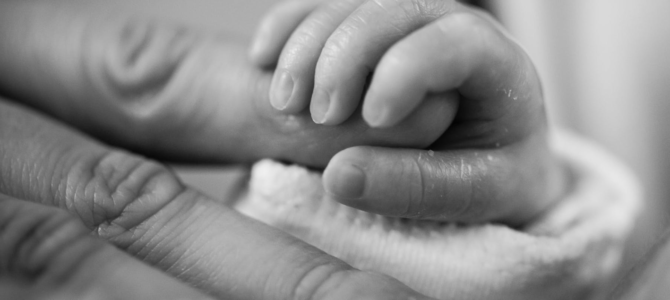
The coronavirus pandemic has disrupted our lives, but some aspects of life remain the same, including tragic losses that have nothing to with the virus. We must find hope through suffering and find a way to carry on. That’s the central message I derived from interviewing Gina Harris, CEO of Now I Lay Me Down to Sleep (NILMDTS), a U.S.-based nonprofit organization that offers free professional remembrance portraits for parents who have lost their babies.
NILMDTS was co-founded by Cheryl Haggard. Cheryl’s son, Maddux Achilles Haggard, was born Feb. 4, 2005, with a rare condition called Myotubular Myopathy, a genetic disorder that defects cell structures essential for voluntary muscle movement. Maddux lived outside the womb for six days.
Cheryl and her husband, Mike, wanted to capture their precious moments with Maddux before they had to say goodbye to him in this life. Unsatisfied with the pictures they took, they hired a professional photographer to take black-and-white portraits of them with Maddux. According to the NILMDTS website, “Those tender photographs documenting Maddux’s eternal connection with his parents inspired Cheryl Haggard and Sandy Puc’ to create Now I Lay Me Down to Sleep in 2005 as a nonprofit organization.”
NILMDTS recruits, trains, and mobilizes a large team of dedicated, professional-level, volunteer photographers. When the organization is notified of the loss of a baby, it sends a photographer to meet the parents. If the parents wish, the photographer will conduct an intimate portrait session, helping these parents visually eternalize their connection and most loving moments with the baby they lost. Afterwards, “parents are gifted with delicately retouched heirloom black and white portraits free of charge.”
Losing a baby is the most heartbreaking experience in many parents’ lives. Not only do these portraits help them memorialize and honor their children, but this process has been scientifically and psychologically proven to be a pertinent component in aiding many parents’ journey of healing, which can be life-long.
Gina’s Journey
Gina Harris is one of those parents NILMDTS’s generous gift has helped. She first became pregnant in 2007. At the ultrasound session during her 20th week, she and her husband learned they would have a boy. Like all new parents, they were overjoyed, and eagerly shared this news with their family and friends.
Two weeks later, her doctor called. Before she even spoke to the doctor, Gina’s maternal instinct told her something was wrong. The doctor told Gina her son had Potter’s syndrome, which prevented him from forming a kidney. In nearly all cases, babies with Potter’s syndrome are either stillborn or die shortly after birth.
The doctor implied that most women in this situation choose to abort early. As a dedicated Christian and mother, Gina chose to carry her son, whom she and her husband named David, for as long as she could cherish every moment the three of them had together.
At 33 weeks, Gina went into labor. David was stillborn. Since Gina had heard of NILMDTS, she requested the organization send a photographer. Those heirloom black-and-white portraits of David have become some of her most precious possessions.
After losing David, Gina called the hospital to see if she could get a Social Security number for him. The hospital explained that David could not qualify because he didn’t take a breath outside the womb. Gina told me she felt her already broken heart being stabbed one more time. To her, being denied a Social Security number for David meant the rest of the world refused to acknowledge that David had existed on this Earth.
Gina became pregnant with another boy, whom she and her husband named Ethan. At her 16-week check-up, the couple learned that Ethan was diagnosed with cystic hygromas, abnormal growths on a baby’s neck or head associated with potential chromosomal abnormalities. Gina carried on. When she reached her sixth month of pregnancy, Ethan’s heart stopped beating in the womb.
This time, Gina and her husband decided to refrain from taking portraits with Ethan because his condition was severe and they thought it would be too difficult for the photographer. Gina acknowledges that having photos of David but not Ethan makes her and her husband feel like Ethan is being forgotten, even though no parents ever forget the baby they lost.
After losing Ethan, doctors told Gina that due to hereditary factors, she would never have a healthy pregnancy of a boy. After Ethan, Gina experienced two miscarriages. She thought she would never be able to have a biological child, so she devoted all her time and energy into working for a nonprofit called “Friends First,” an organization that educates and mentors teens. In October 2011, she became the CEO of NILMDTS.
A month later, Gina got pregnant again, and she prayed for a girl. At the 16-week check-up, her doctor said she was going to have a boy. Gina was initially discouraged and nervous. Fortunately, she had a healthy pregnancy, and at the end of 40 weeks, she gave birth to a beautiful baby boy. “It was a miracle,” Gina told me.
I couldn’t help but ask her, given all these tragic losses, what kept her going? Gina explained that she had always sought strength from her faith. She recited to me her favorite Bible verse, Romans 5:3-5: “Not only so, but we also glory in our sufferings, because we know that suffering produces perseverance; perseverance, character; and character, hope. And hope does not put us to shame, because God’s love has been poured out into our hearts through the Holy Spirit, who has been given to us.”
I asked her how she applies her faith in her life and what advice she has for others, to which she answered, “We all have trials and tragedies in our lives. We don’t have any choices about the tragedies. But we have a choice of how we are going to respond. Am I going to become a better person or a bitter person?” She continued, “I always choose hope. Yes, it’s going to be a very difficult path, but I know I will come out of it stronger. I think it is more painful if one chooses not to persevere and not to become a better person.”
NILMDTS Offers Healing and Hope
Gina also clarified that even though she is a Christian, NILMDTS is not a religious organization. Its mission is to provide healing to all parents.
Since 2005, NILMDTS has gifted more than 40,000 complimentary portrait sessions through 1,500 volunteer photographers. The organization reaches across all 50 U.S. states and has a presence in 40 countries worldwide. Besides offering portraits, each year NILMDTS delivers about 900 thoughtfully prepared remembrance care packages with keepsakes for heartbroken parents in the organization’s home state of Colorado. Gina told me the number of care packages is approximately equal to the number of stillbirths and infant deaths within the first month of birth in Colorado.
In any organization, growth is a good thing. For an organization like NILMDTS, however, growth also means more heartbreaking losses. How does Gina’s organization prepare to meet the increasing demand for its services? How does it cope with the ongoing coronavirus outbreak?
Gina told me her organization is ready. Even though NILMDTS is international, it has only nine official staff members, and seven of them are outside Colorado. The rest are all volunteers. They are used to working remotely, and NILMDTS hasn’t shut down its services like many other organizations.
Since the outbreak, most hospitals do not allow nonessential personnel, such as a photographer, to enter their facilities — for understandable reasons. However, this tragedy of loss hasn’t stopped occurring. In mid-March, NILMDTS launched an online continuing education class for members of the medical community to learn how to take remembrance portraits. Those who take the class receive education credits. Medical professionals who have received the training can take remembrance portraits for parents whose baby tragically passes away in the hospital, and then upload the photos to NILMDTS for professional retouch before the portraits are presented to the bereaved family.
For a limited time, NILMDTS is offering this online education free of charge. Gina hopes more medical professionals will take the training so they can provide a valuable service to grieving parents at this particularly challenging time.
When I asked Gina why having these portraits is so important for grieving parents, she replied, “These photos document the existence of our babies and validate their lives. They are a powerful gift of healing and hope.”



